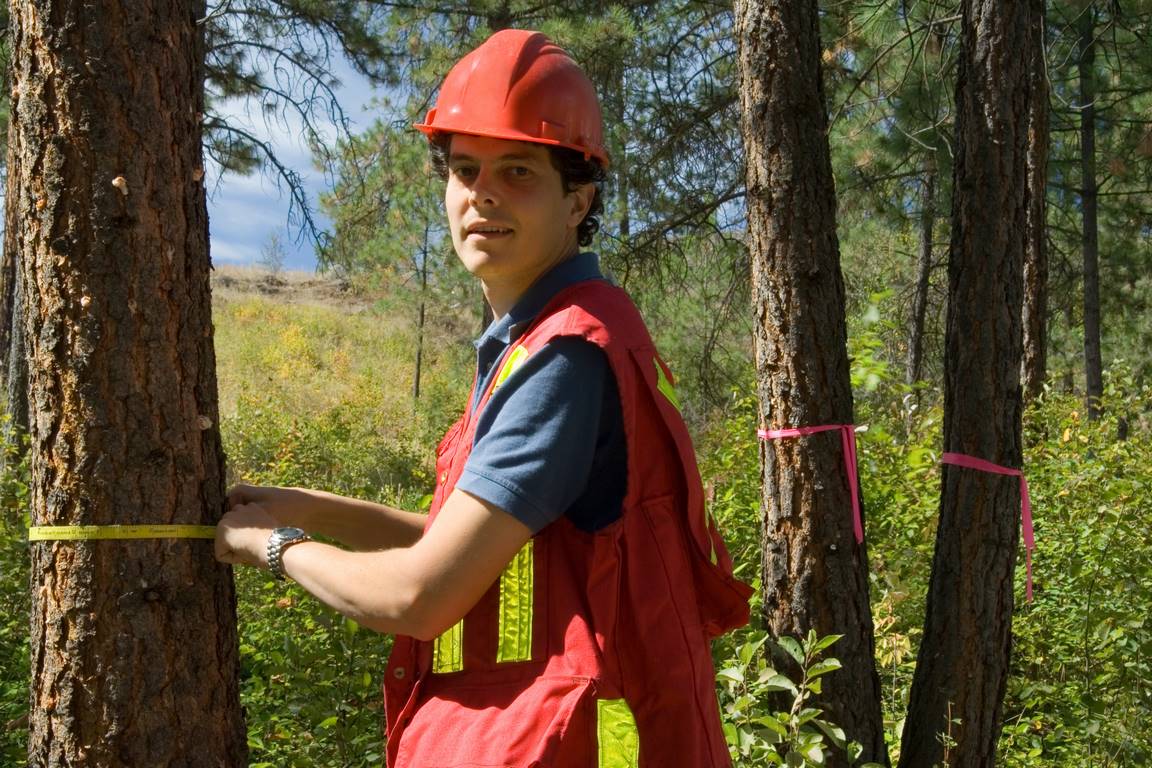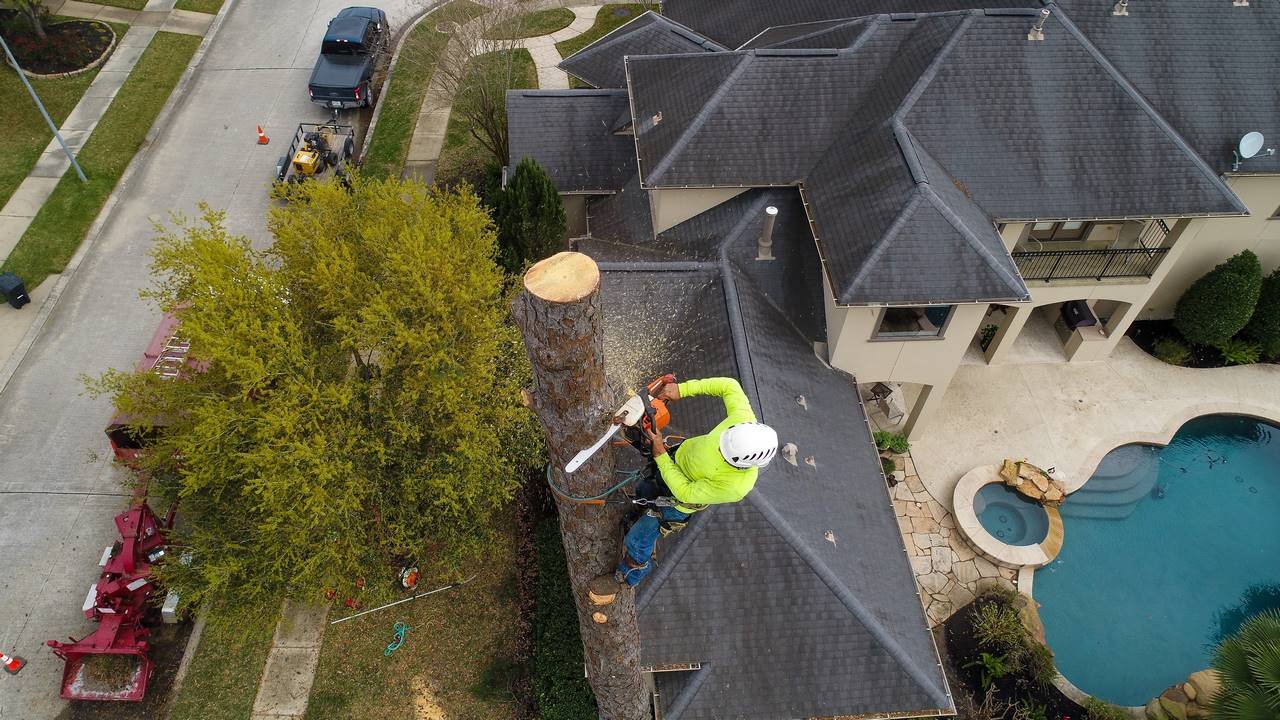Table of Contents Show
One of the best ways to provide tree care and assessment is by hiring an arborist. Generally, this professional has gone through a series of training in nurseries, landscaping companies, and government-sponsored arboricultural courses.
Hence, they could efficiently provide the appropriate tree services, such as pruning, constructing tree structural support, and removing hazardous vegetation.

Today, arborists are usually hired to help in tree removal or maintenance. For their services, these pros typically issue an arborist report. This document provides the necessary details before a tree or vegetation is legally removed.
If you’re not yet familiar with an arborist report, you may jump into this article. So, keep reading to learn more about it!
What Is an Arborist Report?
Suppose you’re planning to remove a tree that may pose a danger to your house or hinder your projected home expansion.
In which case, you may need an arborist report to obtain a tree removal permit. In many cases, laws require these permits if the trees are to be entirely removed, cut down, or pruned.
However, not all tree removals need an arborist report as only the trees with 30 cm diameter or more need such. The measurement is typically calculated within an average person’s chest height.
If you want to know more about the details in an arborist report, here’s the info it contains:
1. Tree Condition
In many cases, an arborist report assesses the tree condition through the following ratings:
Poor
This includes the trees showing a massive decline, no remediation, severe decay, apparent tree failure, and considerable structural defects. Trees and vegetation falling under this category are generally approved for tree removal.
Fair
Trees in this category have evident defects that may lead to severe decline. There are also clear indications of decay and the options for remediation are limited. This rating can also be recommended for tree removals with proper justification, including physical risks.
Good
These trees generally have good structural integrity and are free of pests and decay. In addition, they show good vigor and no to limited defects.
Unless these trees pose a severe danger, good-rated trees may take more justification than usual to obtain tree removal. In many cases, arborists create a plan to save these trees from being cut down.
Excellent
These trees have excellent structural integrity, stability, ideal vigor for age and size, are free of pests, and have no signs of defects. These trees are least likely to be cut down and are protected against construction damages through mandatory fencing, soil compaction avoidance, and tree protection zone enforcement.
2. Existent Issues
Apart from the tree conditions, arborist reports also contain the existent issues of the tree. These factors could contribute to the overall decision whether or not to cut down a tree or when remediation is necessary. These issues may include the following:
Drought
Trees suffering from drought and any long dry season generally cause leaf wilting or dieback—the continuous decline of twigs and branches that usually start at the tips.
In many cases, trees in arid environments are prone to pests and tree diseases because of a lack of water and necessary nutrients.
Diseases
Tree diseases vary in species and location. These could also be affected by the current season of a place. Some diseases may take a longer time to treat and could be fatal to trees. Some could even be transmitted to other trees. To be more familiar, here are the common diseases trees could suffer from:
Sudden Oak Death
This affects the majority of oaks, coast redwoods, and madrones. This condition is characterized by the browning of leaves, gradual leaf loss, and shoot tip drying.
Dutch Elm Disease
This affects elm trees to different degrees, yet it typically starts during summer. Common symptoms are wilting and yellowing of leaves.
Pine Wilt
This pine-affecting disease causes a decrease in resin, dryness of wood and bark, and yellowing and reddening of leaves.
Dogwood Anthracnose
Blotches in leaves, dead leaves and branches, and purple-reddish margins indicate this tree disease.
3. Damage
Tree damages could result from a disease or physical and mechanical injuries. Some of these may even be caused by natural phenomena. Here are some of the typical tree damages:
Pest Infestation
These may range from ants to wood-boring beetles. These are indicated in the report to determine the particular remediation.
Fungal Growth
Fungal growth could cause discoloration, wilting, dryness, and even decay.
Root Damage And Exposure
Because of the shifting of the ground or the effects of flood, the roots of trees may be exposed and protrude. This way, they may become more prone to damages that will cause eventual complications to the trees.
Bark Issues
These may include the loosening and cracking of barks. These may result in more severe damages, mainly triggered by extreme elements, such as wind and water.
Abnormal Tilting
Because of the condition of the ground and the way of planting, some trees could tilt. While this is not a hazardous situation for the tree, it may cause a problem to the people that might come near the tree because it is at risk of falling.
4. Areas of Concern
Arborist reports show the location of the trees through a Google Maps image or a sketch. The purpose of these images is to provide a birds’ eye view of the location and the possible effects that the trees may cause.
The different trees lined up for removal and the vegetation areas near it are highlighted in the photos.
This way, reviewers of tree removal permits could visualize the physical area of concern. Because of this, homeowners could also plan for tree planting should they wish to replace the trees to be removed.
On the other hand, the images aren’t intended for surveying and architecture purposes.
5. Planning Overlays
In the context of arborists reports, planning overlays could refer to the outline of the projected expansion of the structure to be built. In many cases, this helps to know the spaces where tree removals are applicable.
Typically, the details in planning overlays are resourced from the local council or the building’s construction plan. Apart from the trees, the overlays may also include the property’s vegetation and physical structures.
6. Reasons for Removal
Arborist reports may contain specific reasons for tree removal requests, such as poor condition, spreading tree disease, and potential hazards. This part may also justify why tree removal is crucial for healthier trees that may need to be extracted or cut down.
Uses of An Arborist Report
Arborist reports could be sought to ensure that trees and properties could co-exist in an environment. In addition, they could help in planning the landscaping of a property. On top of these, arborist reports are generally applied for the following reasons:
1. Tree Removal Permit
In many cities, councils require certified arborist reports from homeowners before tree removals are allowed. If trees are uprooted or cut down on purpose without a permit, the city council could file a criminal case against the violator.
For this reason, arborist reports are sought. If you’re planning to obtain an arborist report, you must take your time in choosing a reliable service provider.
It’s highly suggested that you pick the company that could offer more than issuing an arborist report. This means that you should look for an arborist who also offers the following services:
- Stump grinding
- Tree pruning and removal
- Tree and hedge planting
- Branch and twig removal
- Tree replacement
2. Tree Condition And Risk Assessment
Apart from tree removal, you could also apply for an arborist report to know the existing condition of the trees within your property.
Because the documents require rigorous and detailed assessment, you will have specific info about your trees. That way, you know whether to cut down or remediate the issues of your trees.
In addition, the assessment could assist you in identifying which trees have existing diseases that may affect other trees. Hence, you could start to prune them or do the necessary actions to prevent spreading the diseases.
Furthermore, you could identify the trees that may have already been causing physical hazards to you and other people.
3. Tree Management
The arborist reports could be the first step in managing your yard and the nearby areas. This way, you could plan an approach to save the trees you wish to keep. Typically, it could serve as the basis for tree management strategies, including:
Trimming And Pruning
These processes could prevent the spreading of tree diseases by cutting the branches and other tree parts that could cause potential hazards. This can also be a good way of redesigning the trees for landscaping purposes.
Soil Conditioning
This approach aims to improve the soil quality in terms of nutrients, compactness, and mechanics, such as fluid absorption and soil composition. This is a common strategy for trees with tilting positions.
Pest Control Treatment
In many cases, arborist reports could help select the appropriate pest control treatments based on the triggers, such as fungi and bacteria. Furthermore, an additional layer of treatment could also be applied to protect other trees that haven’t yet been affected.
Cabling
This approach uses cables to stabilize a tree that may fall. It could also keep healthy but unstable trees to remain in place when exposed to strong winds. Cabling could also be used for young trees to correct their growth.
Types of Arborist Report
1. Full-Blown
Full-blown arborist reports are generally comprehensive and encompass many areas, from tree conditions to diseases and damages. In many cases, this type is needed to be approved to acquire the tree removal certification.
2. Specific
On the other hand, there are specific or partial arborist reports that are sought for a particular area of concern or focus, such as the following:
Pre-Development
This type is primarily used to adjust the construction of new residential and commercial structures in a location with many trees.
Arboricultural Impact
This focuses on the effects of a property improvement to a group of trees or vegetation to an area. As much as possible, this aims to retain all of the trees.
Root Mapping
This is an assessment sought if serious excavation may disrupt or damage the tree roots in a property. When roots are expected to be damaged, necessary adjustments are planned to redesign a construction plan or remove the roots if they’re from a dead tree or a tree in poor condition.
Landscape Maintenance And Tree Management
Generally, this is undertaken to measure how trees and vegetation are maintained in a specific location. This may also include identifying and using plants that could add up to the aesthetic properties of a place.
Furthermore, this may also have the methods to get rid of trees, living or not, that may be risky to property owners.
Arborist Report Vs Tree Inspection
Some people interchange arborist reports with tree inspections. The former refers to a detailed and lengthy process of assessing a tree or group of trees to determine whether or not it could be legally removed.
In contrast, tree inspection could also assess specific areas of focus, such as physical measurements, identification of diseases, or a combination of the two. Yet, tree inspections are generally shorter and less comprehensive than arborist reports.
In addition, arborist reports are formal and can only be provided by trained and certified arborists. On the other hand, tree inspection could be undertaken by any person who has a vast knowledge of trees and has acquired appropriate training and assessment knowledge.
Wrapping Up
Arborist reports provide a lot of benefits to property owners who plan to remove a tree or vegetation from their properties. In many cases, these documents make or break a tree removal application request.
Because of that, you may need to seek the services of professional arborists who could suggest ways of improving tree care and management if ever requested trees are retained.
However, if trees are deemed risky and are already showing signs of damage and decay, the requests are likely to be approved. Having a detailed arborist report could help in making this happen.
So, if you’re planning to expand your house, you could start studying this guide to learn the basics of these arborist reports before you look for your best option.










